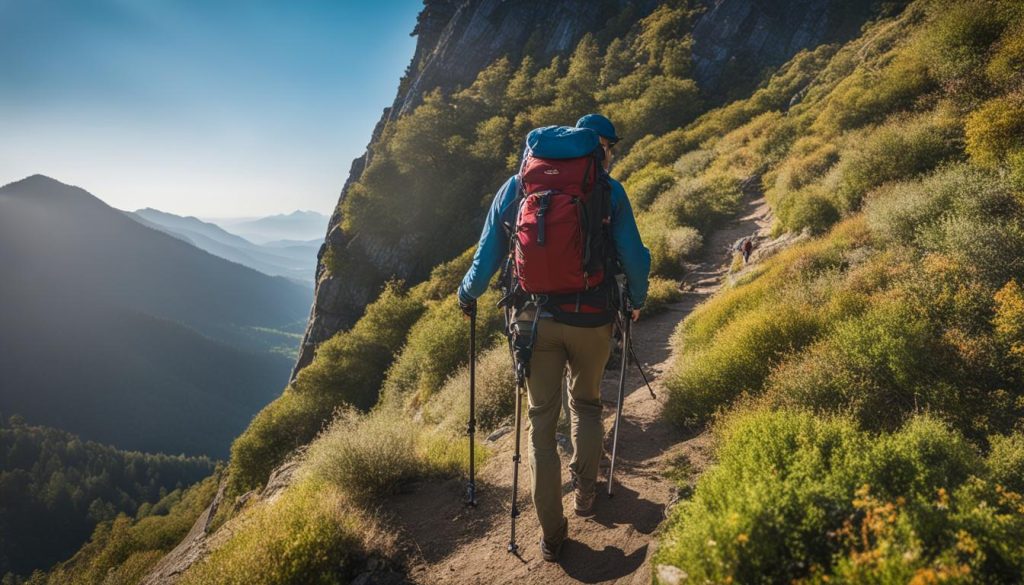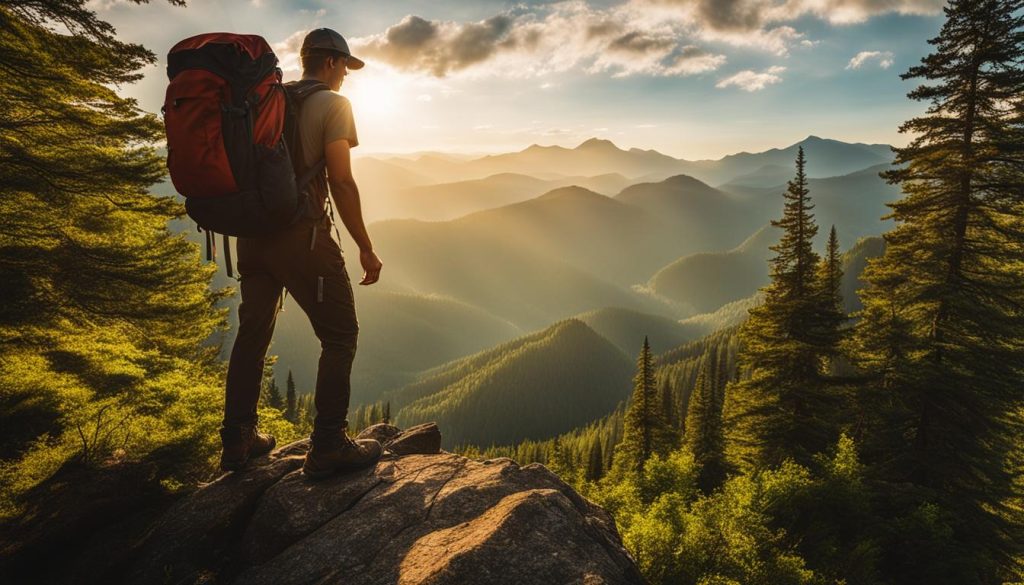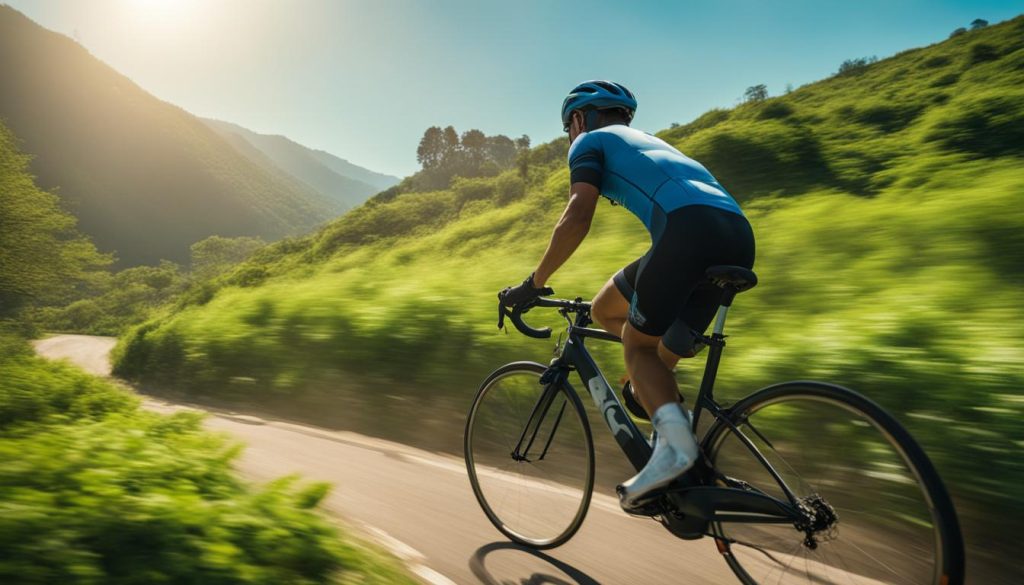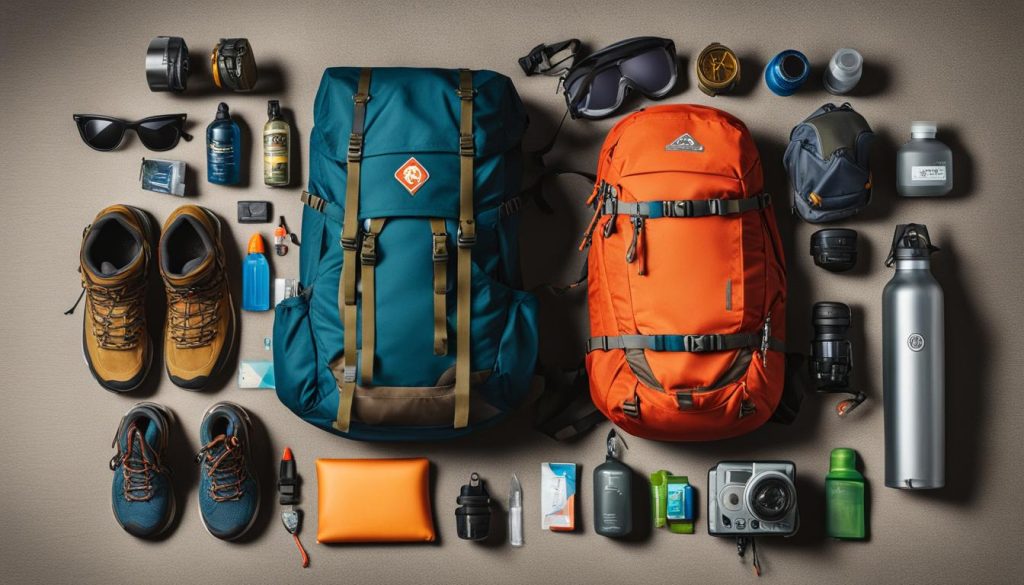Hiking for People with Disabilities: How to Overcome Challenges and Enjoy the Trails
Are you someone with a disability who loves the outdoors and wants to experience the joy of hiking? If so, you may be wondering how to overcome the challenges and find accessible hiking trails that cater to your needs. The good news is that with the right resources and support, individuals with disabilities can enjoy inclusive hiking experiences and explore the beauty of nature. Read : Hiking Food Ideas: What to Eat and Drink on the Trail In this article, we will explore the importance of inclusive outdoor adventures and the challenges faced by people with disabilities in outdoor recreation. We will also introduce you to Disabled Hikers, an organization that aims to build a community for disabled outdoor enthusiasts. Additionally, we will discuss the need for detailed trail information, collaborations for improved accessibility, outdoor equipment for individuals with disabilities, and the importance of overcoming fear and discrimination in outdoor recreation. Finally, we will talk about creating accessible outdoor adventures for everyone and making outdoor spaces more inclusive. Key Takeaways: Individuals with disabilities can enjoy hiking and nature trails by accessing accessible hiking trails. Inclusive outdoor adventures are important for providing physical, emotional, and mental benefits for individuals with disabilities. Challenges faced by people with disabilities in outdoor recreation include the inaccessibility of built environments and a lack of affordable resources and information. Disabled Hikers is an organization that aims to build a community for disabled outdoor enthusiasts and advocates for accessibility and inclusion in the outdoors. Detailed trail information is crucial for disabled hikers to plan their hikes safely and confidently. The Importance of Inclusive Outdoor Adventures Spending time in nature has numerous benefits for individuals, including those with disabilities. Outdoor activities provide physical exercise, emotional well-being, and mental rejuvenation. Unfortunately, many people with disabilities are excluded from these experiences due to a lack of accessible options. Inclusive outdoor adventures are crucial for ensuring that individuals of all abilities can enjoy the beauty of nature and reap the rewards of outdoor recreation. To make outdoor activities accessible for everyone, it is essential to provide wheelchair-friendly hiking routes and other inclusive outdoor adventures. Wheelchair-friendly trails should consider factors such as surface conditions, width, and the presence of obstacles. By creating routes that accommodate wheelchair users, individuals with disabilities can actively participate in hiking and explore nature to the fullest. Inclusive outdoor adventures go beyond hiking alone. They encompass a range of activities, such as camping, birdwatching, and nature photography, that offer opportunities for individuals with disabilities to engage with the natural world. By providing accessible facilities, adaptive equipment, and inclusive programming, outdoor organizations can ensure that outdoor adventures are available to individuals of all abilities. Creating inclusive outdoor adventures is not only beneficial for individuals with disabilities but also enriches the overall outdoor community. It fosters a culture of inclusivity, diversity, and mutual respect, where everyone can come together to enjoy and appreciate the wonders of nature. By embracing inclusive outdoor adventures, we can make outdoor recreation an activity that truly belongs to and benefits everyone. “Inclusive outdoor adventures go beyond hiking alone. They encompass a range of activities that offer opportunities for individuals with disabilities to engage with the natural world.” Hiking Tips for People with Disabilities: Overcoming Challenges on Inclusive Nature Trails Navigating outdoor recreational activities can be challenging for individuals with disabilities due to barriers and lack of accessibility. However, with the right hiking tips and information, people with disabilities can overcome these challenges and enjoy inclusive nature trails. Here are some valuable tips to ensure a barrier-free hiking experience: Planning Ahead Research accessible hiking trails in your desired location: Look for trails that specifically mention accessibility features, such as wide paths, smooth surfaces, and accessible amenities. Check trail difficulty and terrain: Take into consideration the length, elevation changes, and any potential obstacles on the trail to ensure it aligns with your abilities and needs. Inform others about your plans: Share your hiking plans with a friend or family member, including the trail name, estimated duration, and any specific accommodations you may require. Equipment and Preparation Choose appropriate gear: Invest in hiking equipment that suits your needs, such as trekking poles, supportive footwear, and mobility devices if necessary. Carry essential supplies: Pack enough water, snacks, and any necessary medication, as well as a first aid kit, sunscreen, and insect repellent. Dress comfortably and prepare for weather changes: Wear layers and choose clothing made from moisture-wicking materials to stay dry and comfortable. Bring a waterproof jacket or poncho in case of rain. On the Trail Take breaks when needed: Listen to your body and rest whenever necessary. Enjoy the surrounding nature and take in the beautiful scenery. Follow marked accessible paths: Stick to designated accessible routes and follow any signs or markers that indicate accessible features or alternative routes. Be mindful of others: Maintain trail etiquette by yielding to other hikers, respecting wildlife and nature, and keeping noise levels to a minimum. By following these hiking tips, individuals with disabilities can make the most of their outdoor experiences and enjoy the beauty of inclusive nature trails. Remember, accessible hiking options are available, and with the right preparation and knowledge, everyone can embark on an enjoyable and barrier-free hiking adventure. The Story of Disabled Hikers: Building a Community for Disabled Outdoor Enthusiasts Disabled Hikers is an organization that has been created by and for disabled individuals who have a passion for the outdoors. The organization aims to build a community where all disabled hikers feel welcome and included in outdoor activities. Through accessible trail guides, group hikes, and advocacy efforts, Disabled Hikers is working to ensure that individuals with disabilities can fully participate in and enjoy the beauty of nature. The Power of Community Building a community for disabled outdoor enthusiasts is essential in creating a sense of belonging and support. Disabled Hikers provides a space where individuals with disabilities can connect with others who share their love for hiking and outdoor adventures. This community not only offers companionship
Hiking for People with Disabilities: How to Overcome Challenges and Enjoy the Trails Read More »







